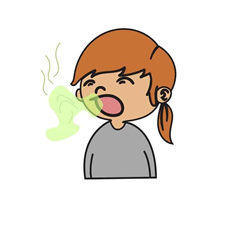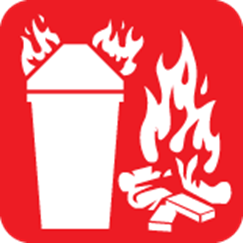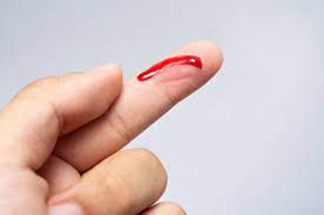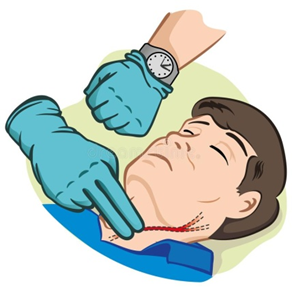#18 10 Main Personal Protective Equipment (PPE) Used Onboard Ship
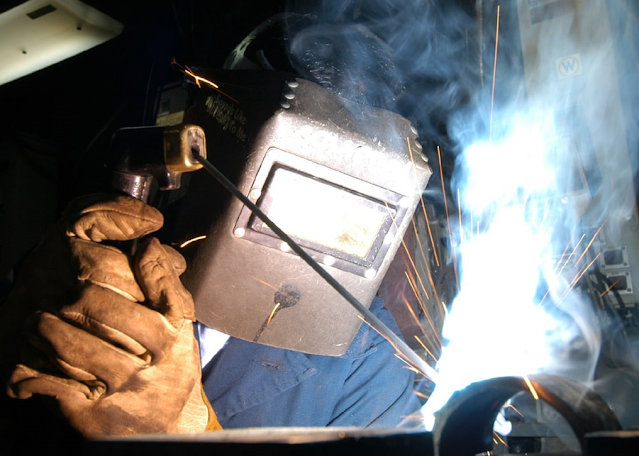
Safety of self and co-workers is the prime priority kept in mind by a professional seafarer while working onboard ship. All shipping companies ensure that their crew follow personal safety procedures and rules for all the operation carried onboard ships. To achieve utmost safety on board ship, the basic step is to make sure that everybody wears their personal protective equipments made for different types of jobs carried out on ship. Following are the basic personal protective equipments (ppe) that are always present onboard a ship to ensure safety of the working crew: Protective Clothing : Protective clothing is a coverall which protects the body of the crew member from hazardous substance like hot oil, water, welding spark etc. It is popularly known as “dangri “or “boiler suit”. Helmet : The most important part of the human body is the head. It needs utmost protection which is provided by a hard plastic helmet on the ship. A chin strap is also provided with the helmet which keeps
